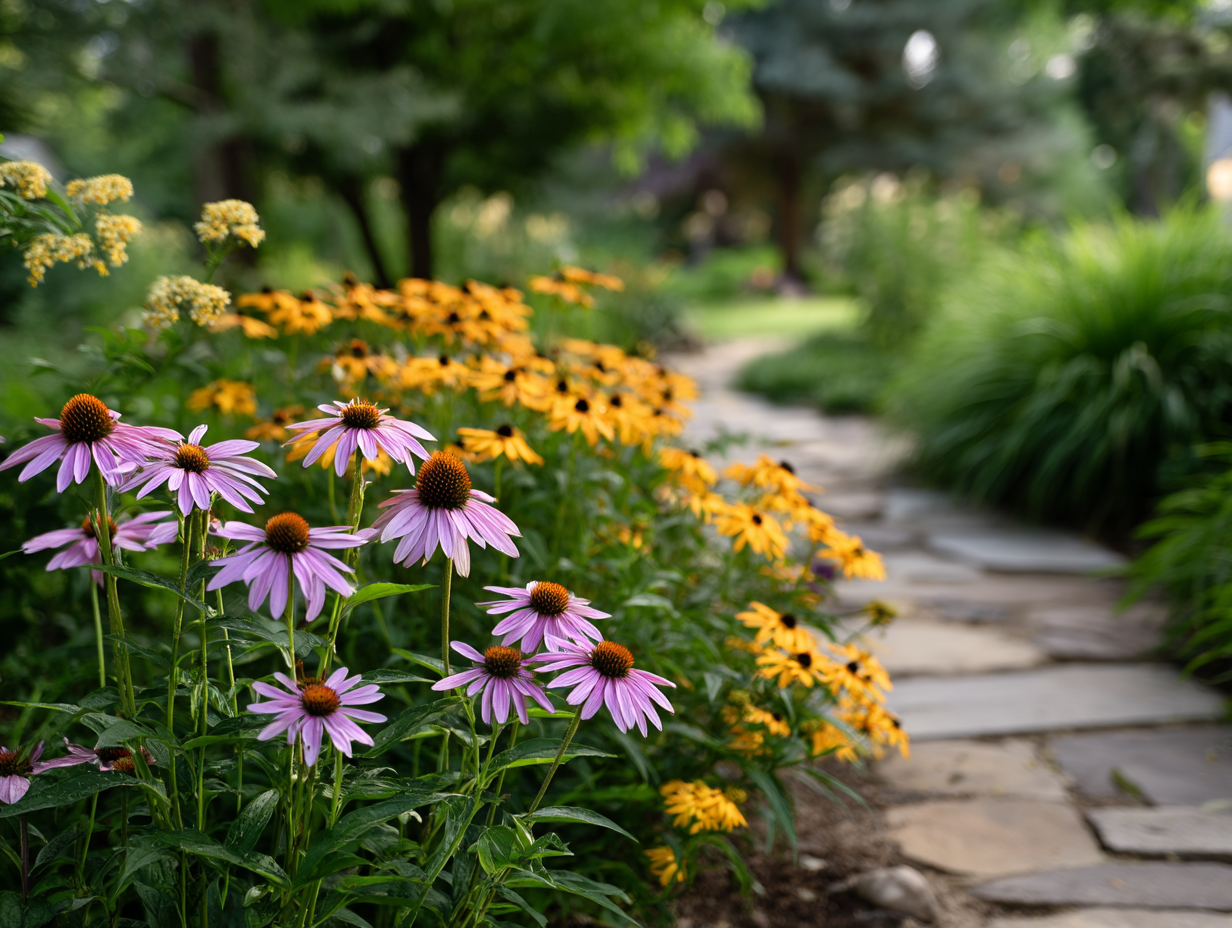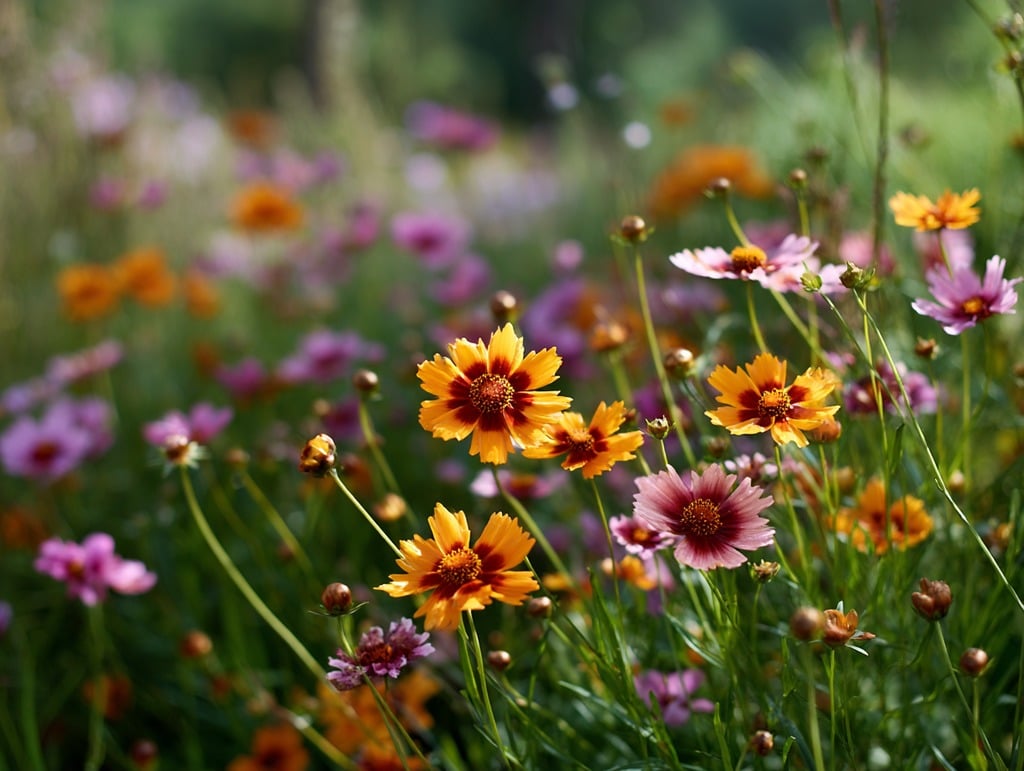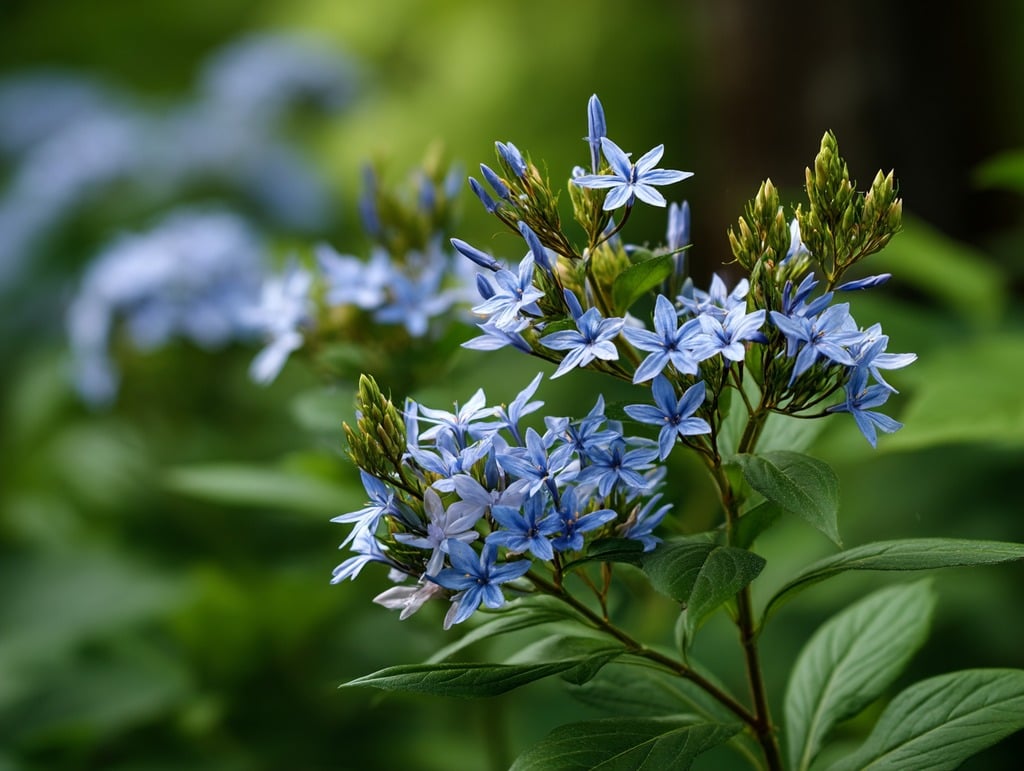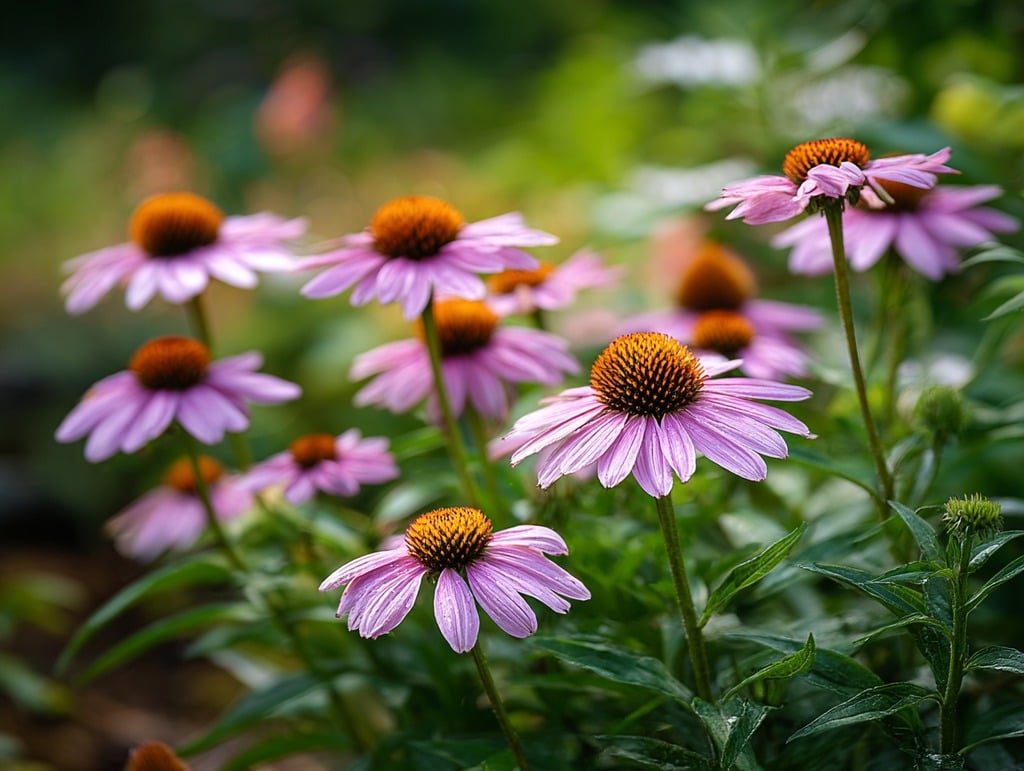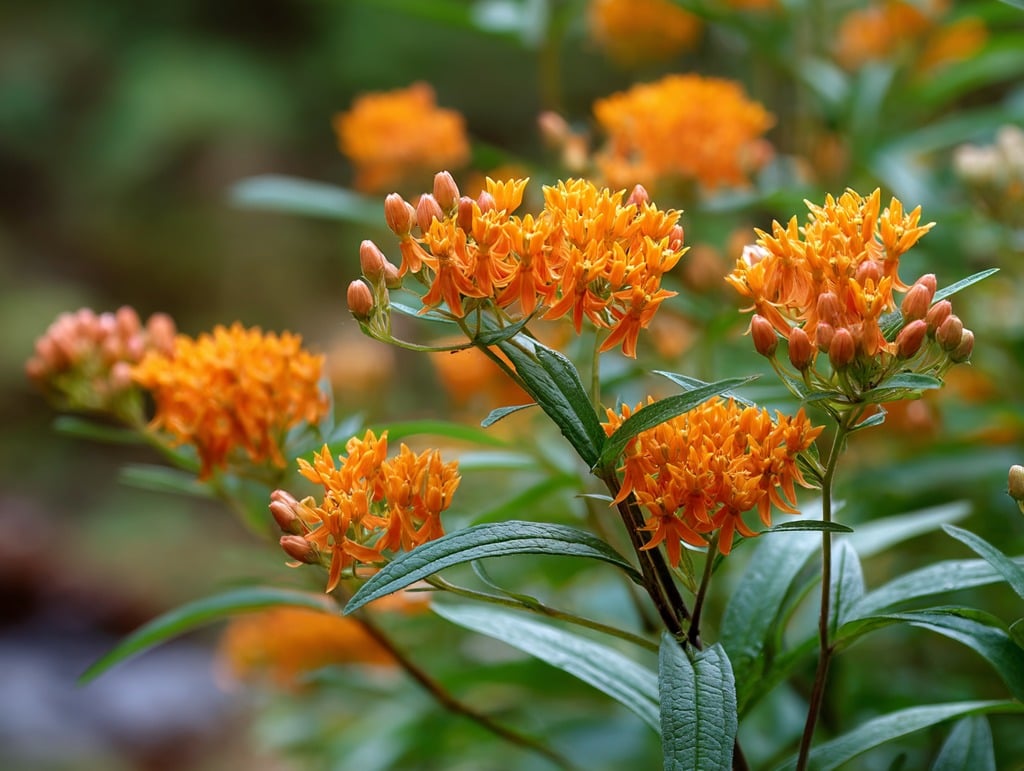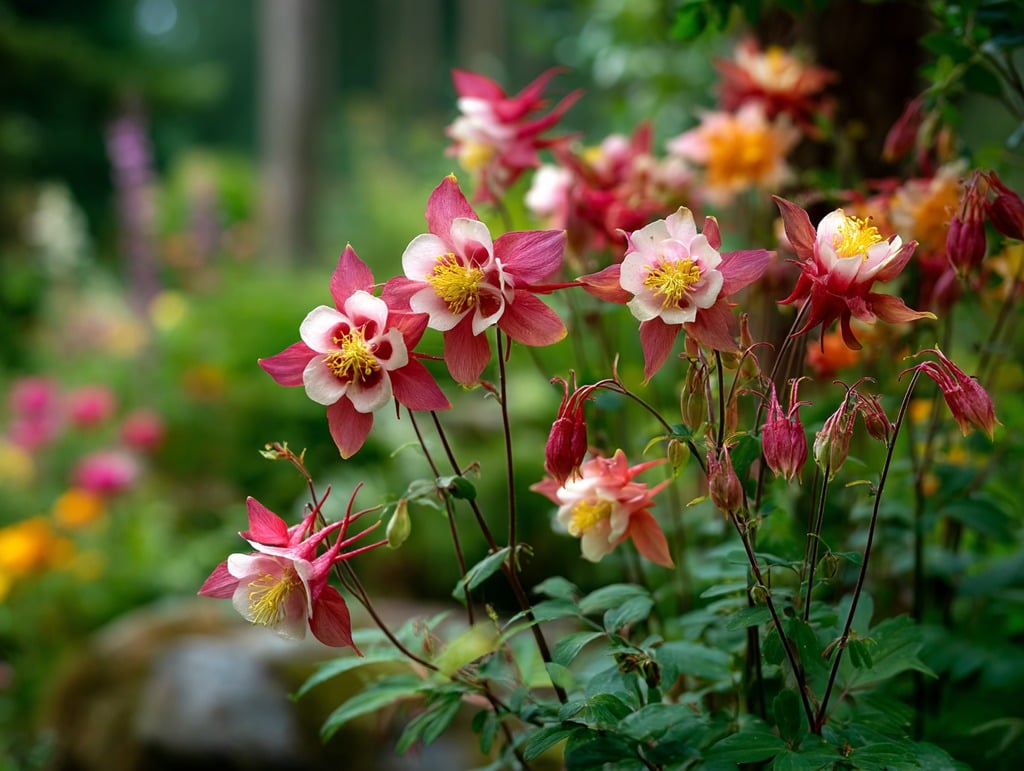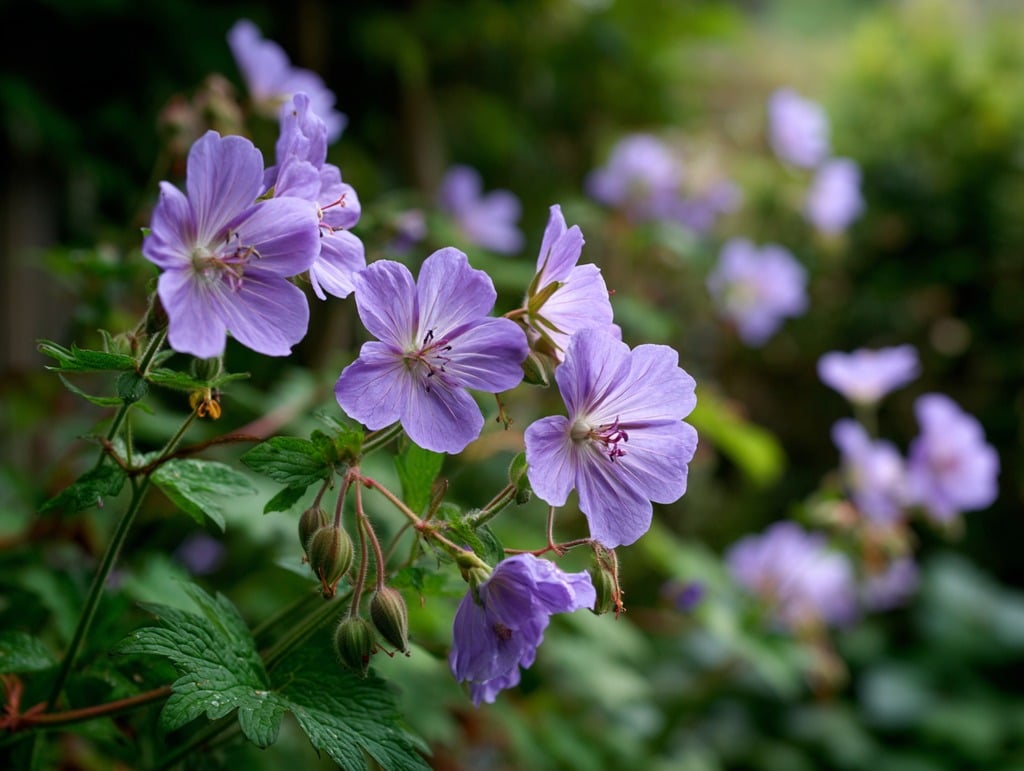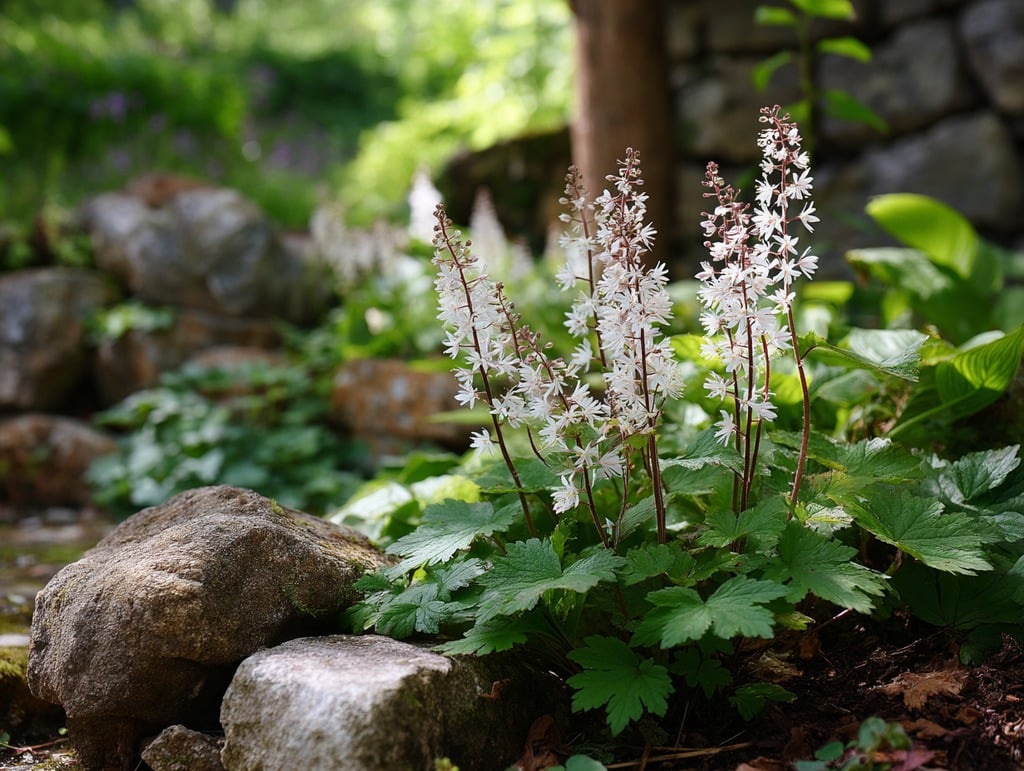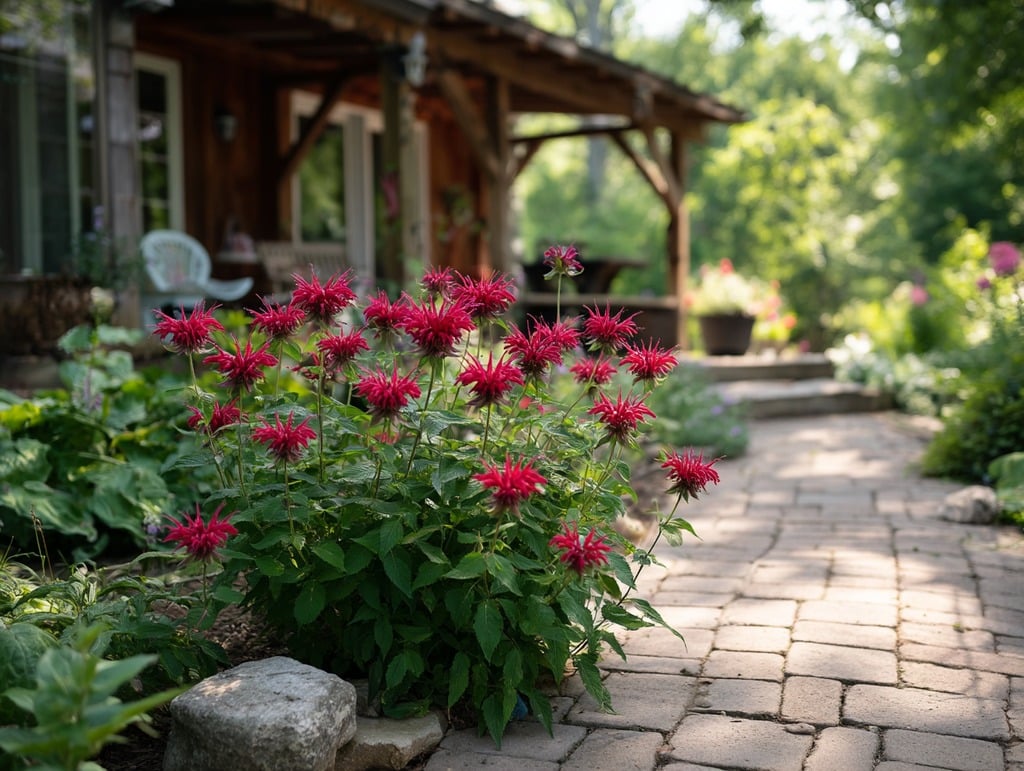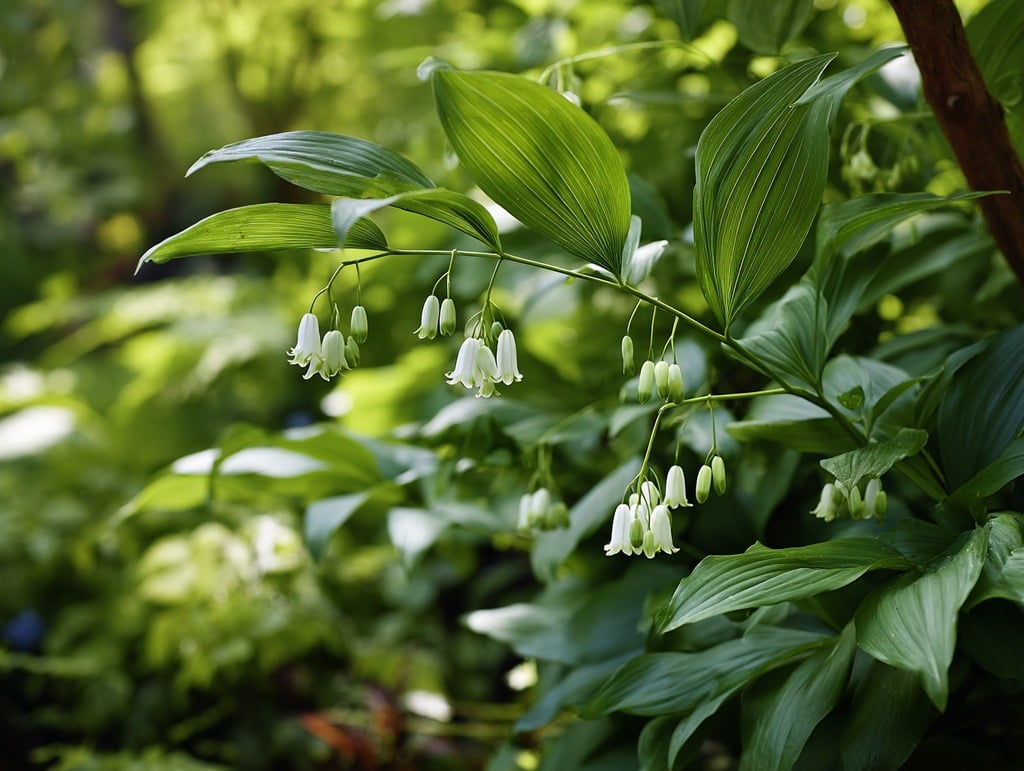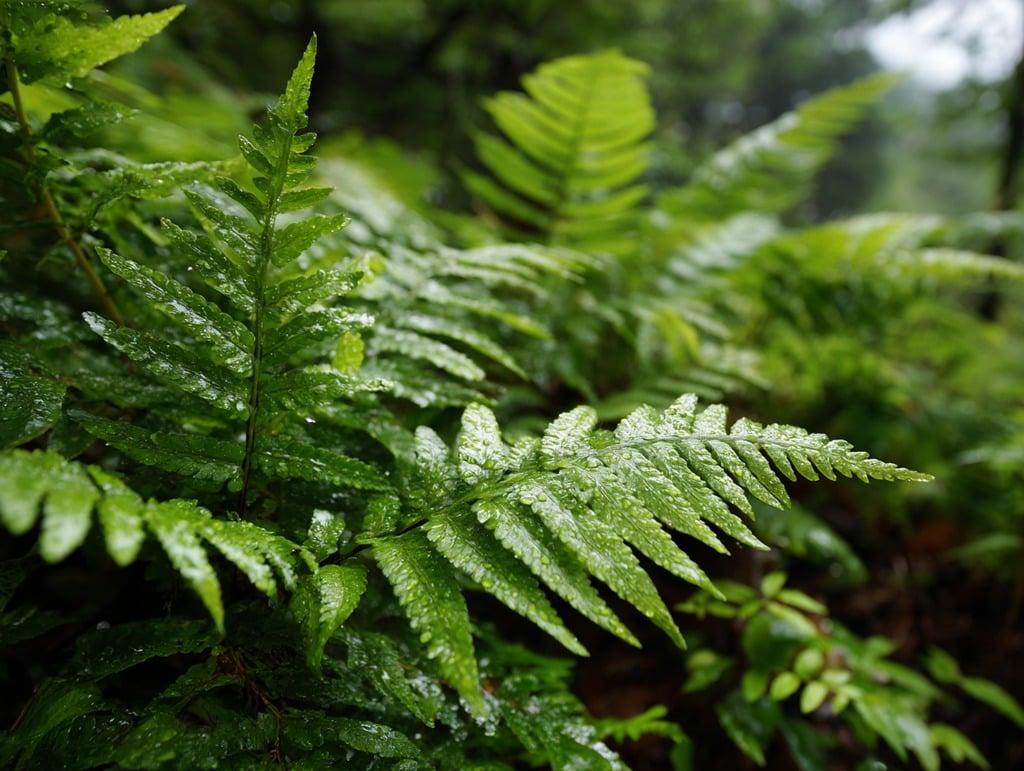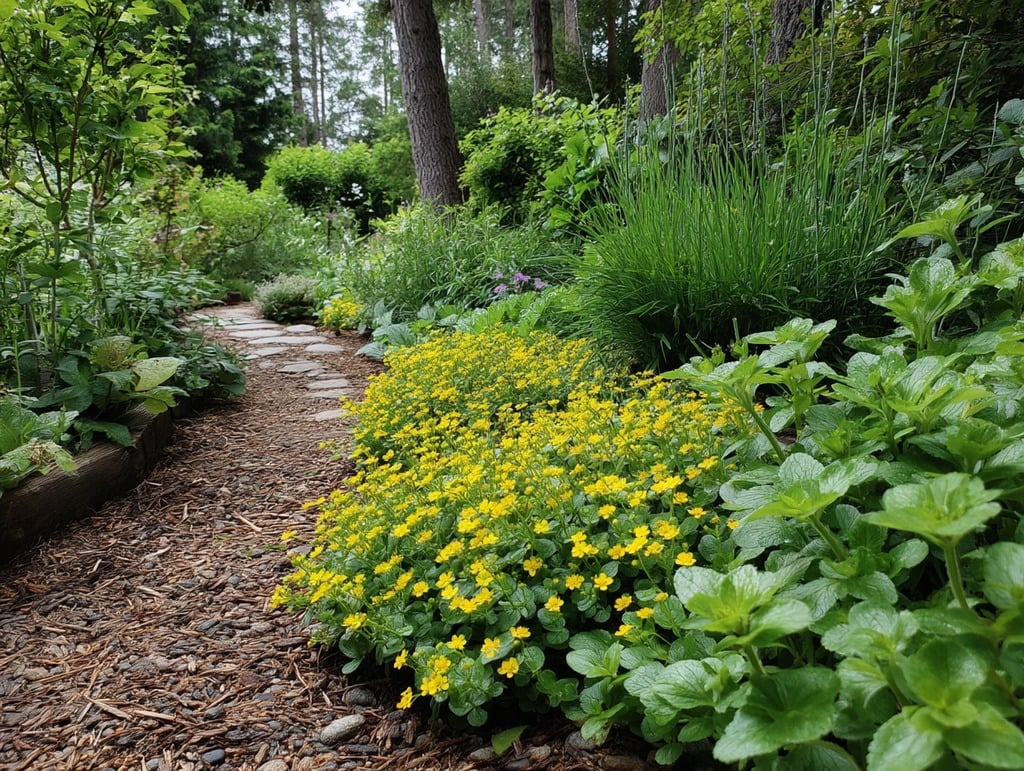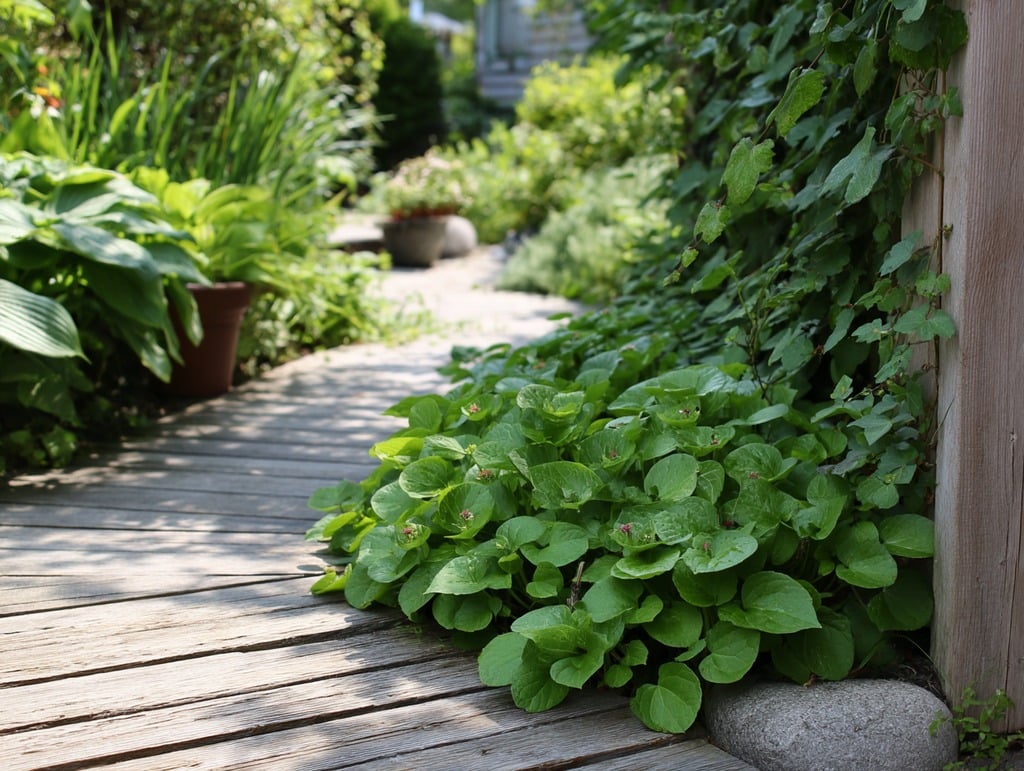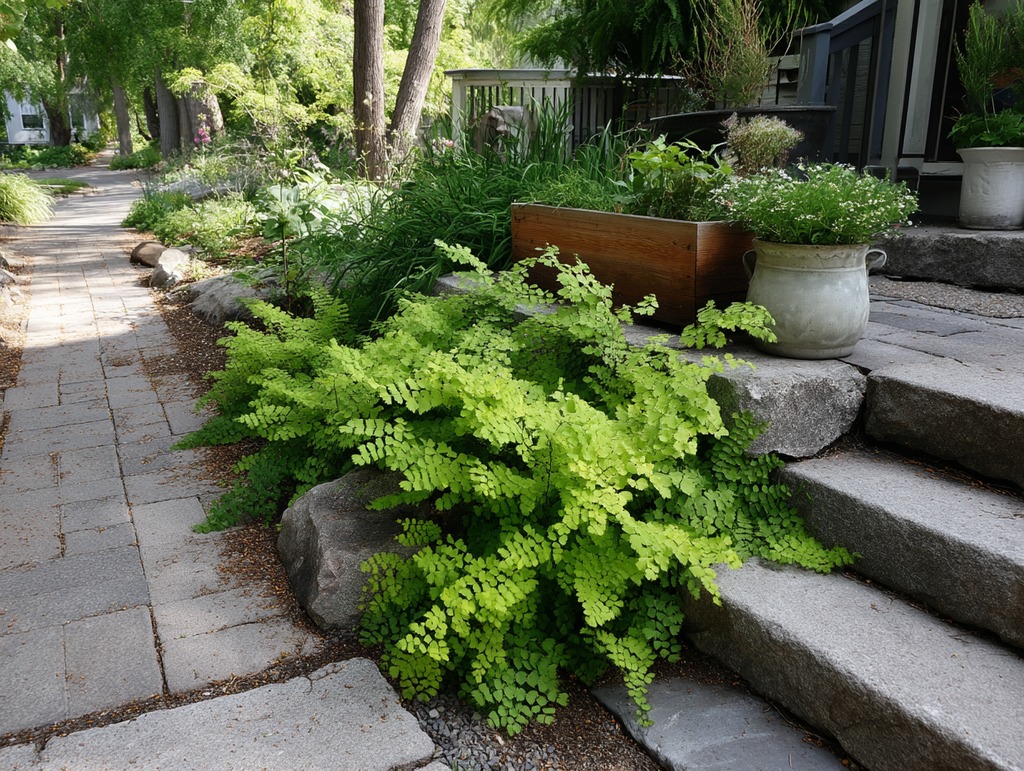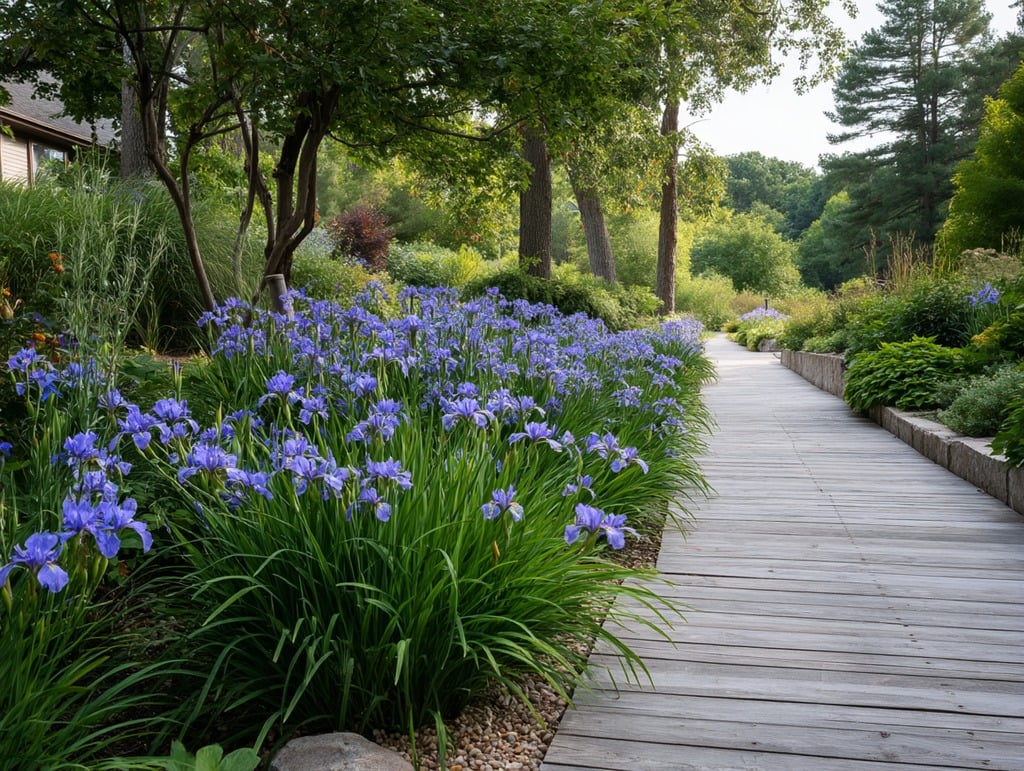When it comes to creating beautiful, lasting landscapes around your home, few things are as satisfying as lining your walkways with the perfect plants. A thoughtfully planted border not only frames your paths with color and texture—it also gives your home instant curb appeal and invites visitors into your space with a warm, natural welcome.
If you live in North Carolina, you’re in luck: the state’s mild climate and diverse ecosystems offer an incredible variety of native plants that are both hardy and gorgeous. Plus, by choosing native species, you’ll be supporting local pollinators and wildlife, conserving water, and reducing the need for fertilizers and pesticides.
But not every walkway gets the same amount of light, right? Some are bathed in full afternoon sun, others sit in dappled light under towering trees. That’s why we’re breaking down the best native North Carolina plants for walkway borders into three categories: full sun, partial sun, and shade.
Whether you’re refreshing an old path or planning a brand-new landscape, here’s a selection of native favorites you can count on to thrive.
Please note: This blog contains affiliate links. If you choose to click the link and make a purchase, the author will receive compensation. This is at no extra cost to you. It’s like a high-five for providing useful content.
Full Sun Walkways (6+ hours of direct sunlight)
Walkways in full sun can get intense, especially during North Carolina’s hot summers. You’ll want plants that can handle heat, drought, and a lot of light without wilting.
Here are some top native picks for full sun walkway borders:
1. Coreopsis (Coreopsis spp.)
Known for their bright, daisy-like flowers, Coreopsis plants bloom abundantly from late spring through summer. They’re incredibly low maintenance and tolerant of drought once established. Choose from yellow, pink, or bi-color varieties to add a cheerful splash to your paths.
-
Height: 12–24 inches
-
Bloom Time: Late spring to fall
-
Bonus: Pollinator magnet!
2. Eastern Bluestar (Amsonia tabernaemontana)
In early spring, Eastern Bluestar produces clusters of soft blue flowers that look stunning along garden edges. In fall, its foliage turns a brilliant golden-yellow, offering a second season of interest.
-
Height: 24–36 inches
-
Bloom Time: Spring
-
Bonus: Deer-resistant and highly adaptable.
3. Purple Coneflower (Echinacea purpurea)
Coneflowers are the quintessential sunny border plant. Their bold purple-pink petals and prominent centers create structure and height variation along a path.
-
Height: 24–48 inches
-
Bloom Time: Summer
-
Bonus: Their seed heads provide winter food for birds.
4. Butterfly Weed (Asclepias tuberosa)
Don’t let the name fool you—this is a beautiful, compact plant with clusters of vivid orange flowers. It’s essential for monarch butterflies, providing a critical host for their caterpillars.
-
Height: 12–24 inches
-
Bloom Time: Summer
-
Bonus: Thrives in poor soil and requires little care once established.
5. Black-Eyed Susan (Rudbeckia hirta)
No North Carolina garden feels complete without Black-Eyed Susans. Their sunny golden petals with dark centers create a striking, classic look that naturally suits walkways and cottage-style gardens.
-
Height: 18–36 inches
-
Bloom Time: Summer to early fall
-
Bonus: Tolerates clay soil and drought.
Partial Sun Walkways (3–6 hours of sun)
Partial sun borders often benefit from cooler temperatures and slightly moister soil, opening the door to plants that prefer some protection from the heat.
Here are excellent native choices for these conditions:
1. Columbine (Aquilegia canadensis)
These whimsical, red-and-yellow flowers look almost fairy-tale-like. Columbine thrives in partial sun, and its delicate form makes it ideal for softening the edges of pathways.
-
Height: 12–24 inches
-
Bloom Time: Spring to early summer
-
Bonus: Attracts hummingbirds.
2. Wild Geranium (Geranium maculatum)
Also known as Cranesbill, this native geranium spreads politely and creates a soft green carpet sprinkled with light purple-pink blooms.
-
Height: 12–18 inches
-
Bloom Time: Spring
-
Bonus: Beautiful, lobed leaves turn red in fall.
3. Foamflower (Tiarella cordifolia)
Foamflower is a low-growing woodland plant that forms a gorgeous, textured groundcover. It sends up spikes of tiny, foamy white or pink flowers in spring, brightening shady pathways.
-
Height: 6–12 inches
-
Bloom Time: Spring
-
Bonus: Evergreen leaves in mild winters.
4. Beebalm (Monarda didyma)
With its shaggy, firework-like blooms in pink, red, or purple, Beebalm is a show-stopper. It loves a partially sunny spot where it can show off without baking in full sun.
-
Height: 24–36 inches
-
Bloom Time: Summer
-
Bonus: Aromatic leaves can be used for tea!
5. Solomon’s Seal (Polygonatum biflorum)
For a more graceful, arching form along shaded or partly sunny walkways, try Solomon’s Seal. Its dangling, bell-like flowers are subtle but beautiful, followed by blue-black berries in fall.
-
Height: 18–36 inches
-
Bloom Time: Spring
-
Bonus: Adds elegant movement to the landscape.
Shade Walkways (Less than 3 hours of sun)
Shaded paths can be absolutely magical when paired with the right plants. Think lush foliage, soft flowers, and plants that thrive under tree canopies or beside north-facing structures.
Here’s your dream list for shady North Carolina walkways:
1. Christmas Fern (Polystichum acrostichoides)
Christmas Fern stays green throughout the winter and adds year-round texture to the landscape. It grows well in dry to medium soils under shade.
-
Height: 12–24 inches
-
Bloom Time: None (foliage plant)
-
Bonus: Low maintenance and evergreen.
2. Green and Gold (Chrysogonum virginianum)
This charming, low-growing groundcover produces cheerful yellow flowers over dark green foliage. It’s perfect for tucking along shady path edges where you want a little brightness.
-
Height: 6–8 inches
-
Bloom Time: Spring through fall
-
Bonus: Great for erosion control on slight slopes.
3. Wild Ginger (Asarum canadense)
Wild Ginger offers thick, heart-shaped leaves that form a dense mat of green. It’s an excellent groundcover under heavy shade, and while its flowers are small and hidden, the foliage alone is stunning.
-
Height: 4–8 inches
-
Bloom Time: Spring (flowers hidden beneath foliage)
-
Bonus: Highly deer-resistant.
4. Northern Maidenhair Fern (Adiantum pedatum)
This delicate, lacy fern brings a soft, almost ethereal quality to shaded walkways. It prefers moist, rich soils but tolerates typical garden conditions once established.
-
Height: 12–24 inches
-
Bloom Time: None (foliage plant)
-
Bonus: Absolutely gorgeous in mass plantings.
5. Crested Iris (Iris cristata)
Looking for a little color in the shade? Crested Iris sends up gorgeous lavender-blue flowers in early spring and naturalizes into low, attractive colonies.
-
Height: 6–8 inches
-
Bloom Time: Spring
-
Bonus: Great for woodland garden edges.
Quick Tips for Planting Along Walkways
-
Spacing matters: Leave enough room for plants to spread naturally without crowding the walkway.
-
Think about seasons: Mix plants that bloom at different times to keep the border interesting year-round.
-
Keep it low: For visibility and ease of maintenance, choose shorter plants (under 3 feet) for walkway edges.
-
Use repetition: Planting in groups of 3 or 5 creates a cohesive, intentional look.
-
Mulch wisely: A thin layer of mulch will help keep weeds down and moisture in, but don’t mound mulch around plant stems (it can cause rot).
Final Thoughts
Creating a beautiful, sustainable border along your walkways is more than just a visual upgrade—it’s a celebration of North Carolina’s natural beauty. Native plants not only offer easy care and resilience, but they also create a landscape that feels rooted and harmonious with the surrounding environment.
Whether your path is flooded with sunshine or tucked into cool shade, there’s a perfect North Carolina native plant ready to enhance it. Choose your favorites based on your specific conditions, plant thoughtfully, and watch your home’s first impression transform into something truly unforgettable.
And if you’re looking for even more ideas for native landscaping, or tips on how to boost your home’s curb appeal before selling, we’re always here to help!

